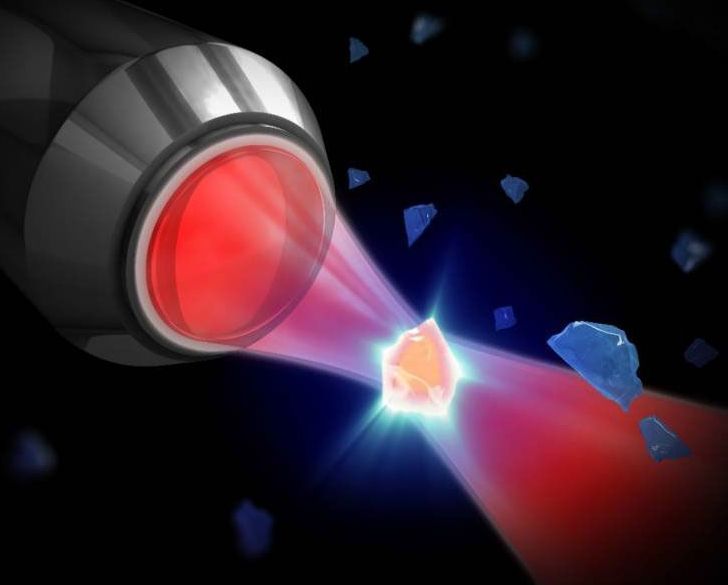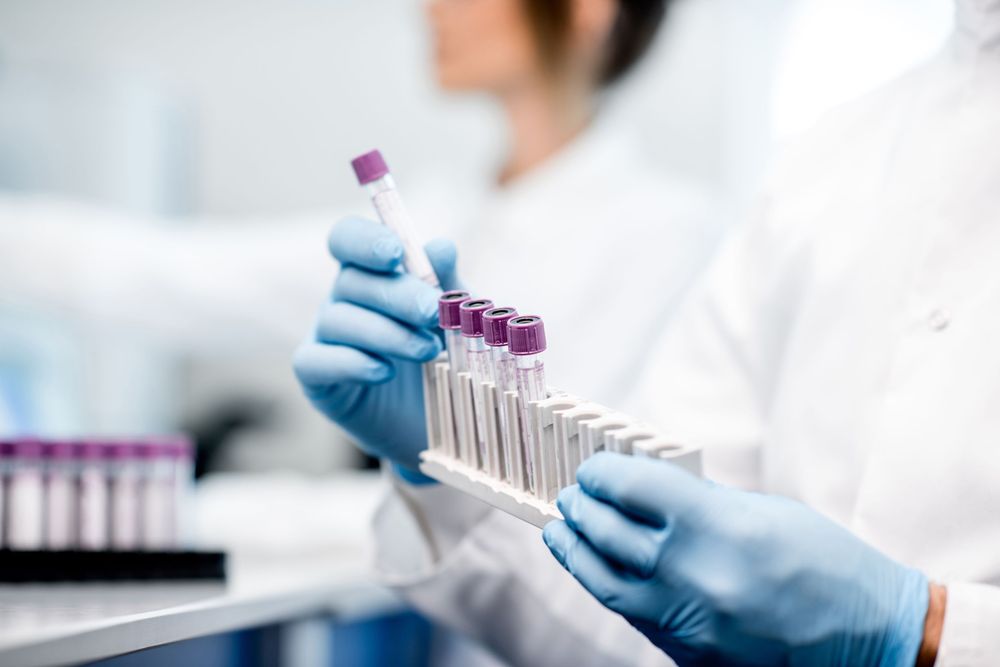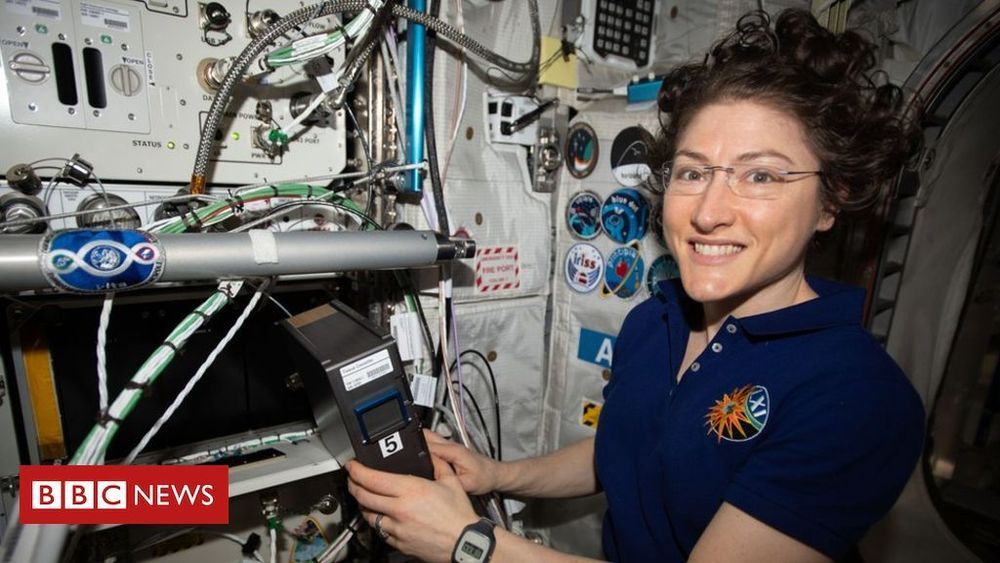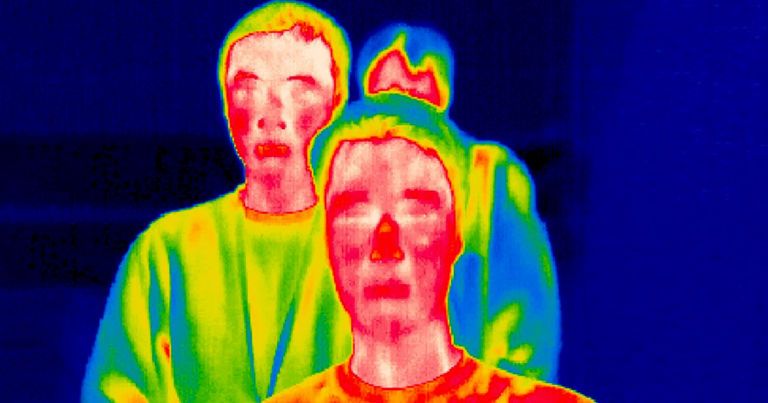Scientists in Iceland have figured out how to create geothermal energy from super-hot molten rock.



The U.S. military test-launched an unarmed intercontinental ballistic missile (ICBM) early Wednesday, Air Force Global Strike Command said in a news release.
The Minuteman III, which the Air Force said was fitted with a test re-entry vehicle, was launched at 12:33 a.m. Pacific Time from Vandenberg Air Force Base, Calif.
The re-entry vehicle traveled about 4,200 miles to the Kwajalein Atoll in the Marshall Islands, the release said.
A classic short film has been upscaled to 4K and 60fps using neural networks. The results are very impressive. The upscaling makes the movie look like something that could have been filmed today.

Genomics researchers worldwide are increasingly dealing with vast data sets gathered by consortia spanning many countries. Most are unclear on what to do to protect people’s privacy and to comply with international and national data-protection laws, especially given recent and ongoing changes in legislation.
An international code of conduct for genomic data is now crucial. Built by the genomics community, it could be updated as technologies and knowledge evolve more easily than is possible for national and international legislation.
Efforts to protect people’s privacy in a massive international cancer project offer lessons for data sharing.
Aeroponics grows fruits and vegetables faster, cheaper and better. RELATED: Making superfood chocolate from raw cacao: https://youtu.be/SrQlCI3Tq58
Vertical farming with Tower Gardens is on the ‘rise’ and rightfully so. You can grow a variety of plants without ANY soil and 90% LESS water. It also requires 10x less space so you can do a lot more in a smaller area. That means easily growing fresh herbs, fruits, vegetables, and flowers both indoors and out. And because everything is grown and picked fresh, the flavor is unbelievable!
» Subscribe to Grateful: https://www.youtube.com/GratefulCo?sub_confirmation=1.
» Follow @reallaurenkelly on IG https://www.instagram.com/reallaurenkelly
» Watch more videos: https://www.youtube.com/playlist?list=PLJujmjaQELiv3lTUInDbLz_eCYvEojS7E
» Grateful is a team of creators & friends exploring everyday curiosities in the pursuit of bringing more joy to life. We don’t have all the answers but we ask all the questions to help people discover what it means to live a bold, colorful & grateful life.

MOUNTAIN VIEW, Calif. — Virgin Orbit says it is weeks away from the first orbital launch of its LauncherOne rocket as the company makes plans to move quickly into operations if that flight is successful.
The company said in a series of tweets Jan. 31 that is in final preparations for its test launch, with the LauncherOne rocket attached to its Boeing 747 aircraft for a final series of tests and dress rehearsals at the Mojave Air and Space Port in California. That includes a captive carry flight, where the plane will take off with the rocket attached for the entire flight.
The company didn’t disclose when that launch would take place beyond that it was “really close” to being ready for the flight. Dan Hart, chief executive of Virgin Orbit, said that launch would take place in the “coming weeks” during a panel discussion at the SmallSat Symposium here Feb. 4.



NASA astronaut Christina Koch is set to complete the longest-ever single spaceflight by a woman.
When she returns to Earth on Thursday, Koch will have spent 328 days on the International Space Station (ISS), surpassing the previous record held by fellow American Peggy Whitson.
Ms Koch will come back in a Russian Soyuz spacecraft, parachuting down to a landing on the steppes of Kazakhstan.
